Orange Pi 3 LTS Review: a More Affordable Raspberry Pi Alternative
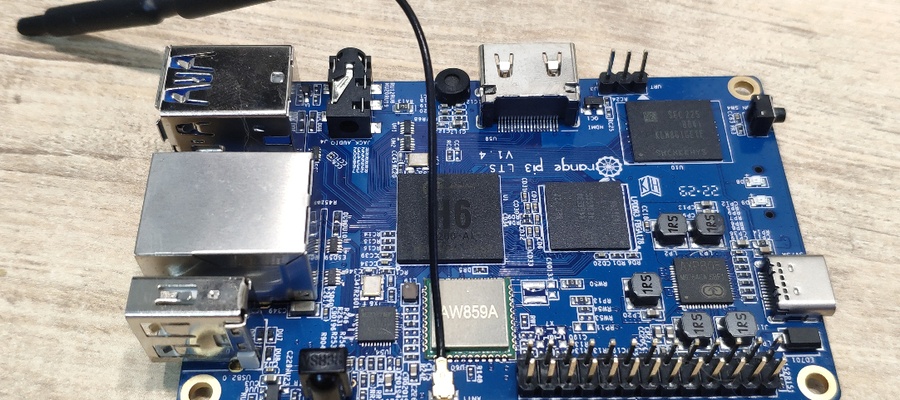
- Reviewed by:
- Bohdan
- Rating:
- Published On:
- Dec. 14, 2022, 2:58 p.m.
- Edited On:
- Dec. 14, 2022, 3:01 p.m.
Because of the chip shortage, Raspberry Pi single-board computers are quite expensive at the moment. So I did a bit of research to figure out what Raspberri Pi alternatives are currently available on the market. Orange Pi microcomputers were much more affordable compared to Raspi, so I decided to buy an Orange Pi 3 LTS. For the price of less than $35, you get pretty decent specs and performance. So does it worth its money? Here is my review of the Orange Pi 3 LTS microcomputer.
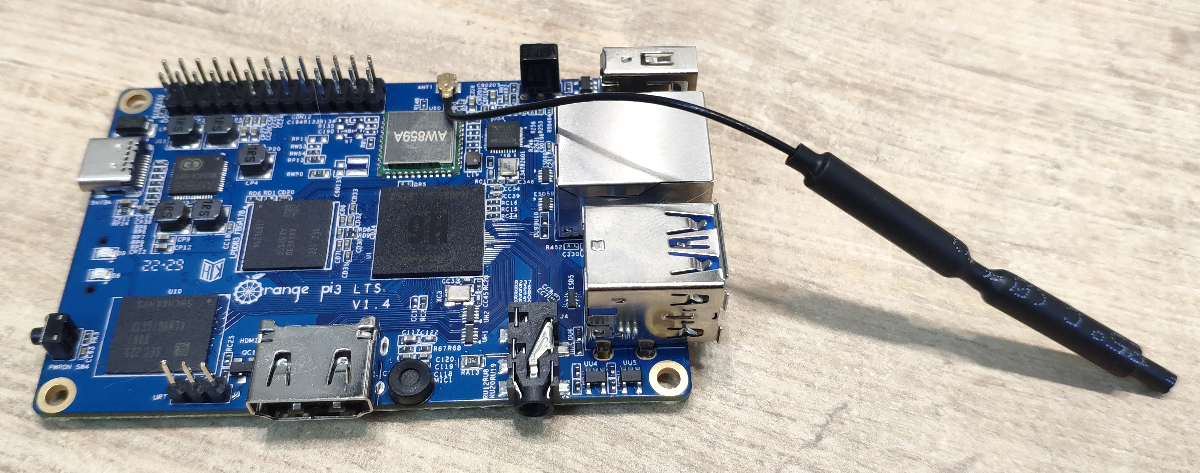
First impression
The Orange Pi 3 LTS comes in a simple cardboard package.
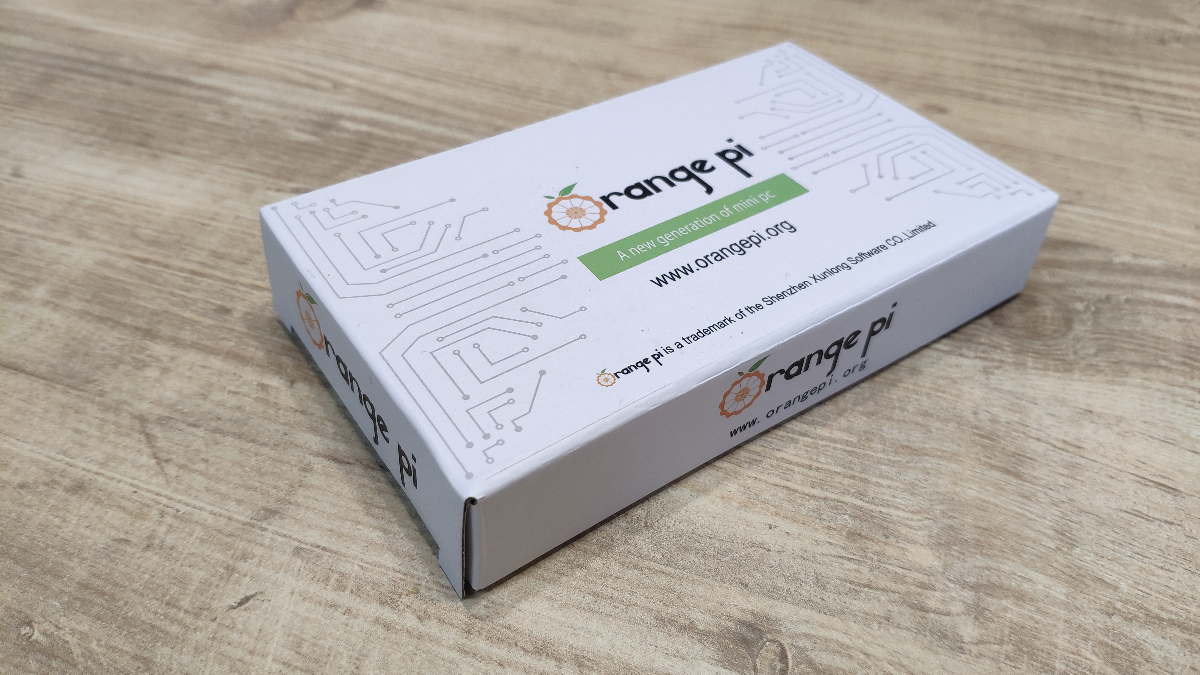
Besides the SBC board, there is a warranty card, and that's it. The board looks solid and well-made.

The size of the board is 56x85mm. I already found a few nice looking 3D printed cases for the Orange Pi 3 LTS, so would be nice to print them when my 3d printer arrives.
Technical specifications
The specs of this microcomputer are quite impressive taking into account its price.
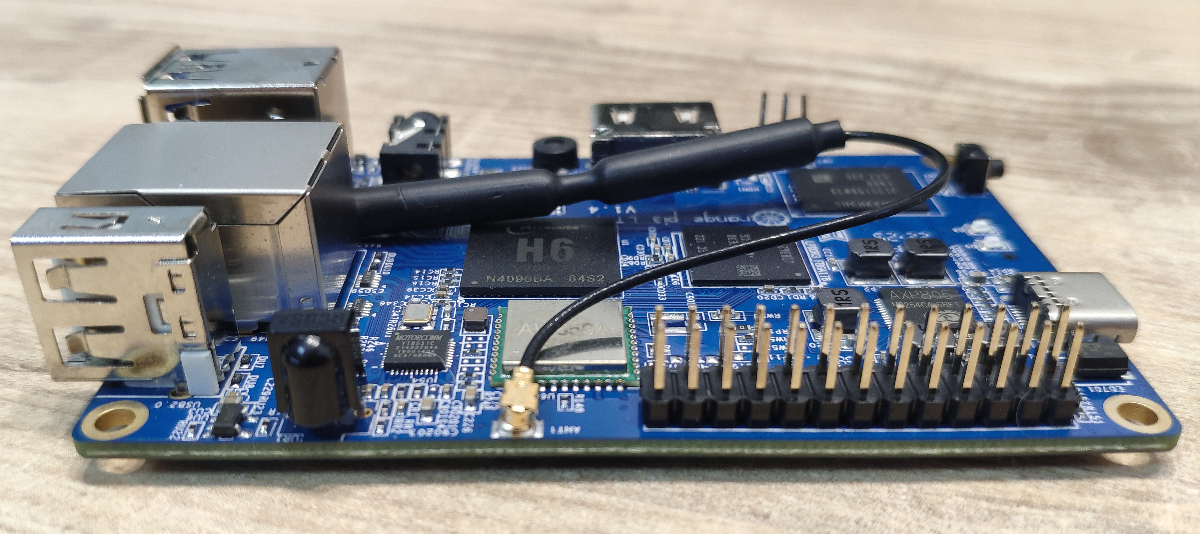
It's equipped with an Allwinner H6 SOC (the Cortex-A53 CPU is running on up to 1.8GHz frequency), Mali T720 GPU (OpenGL ES3.1/DirectX 11 supported), 2Gb of LPDDR3 RAM, 8Gb eMMC, Wi-fi, Bluetooth, and 1Gbit Ethernet port.
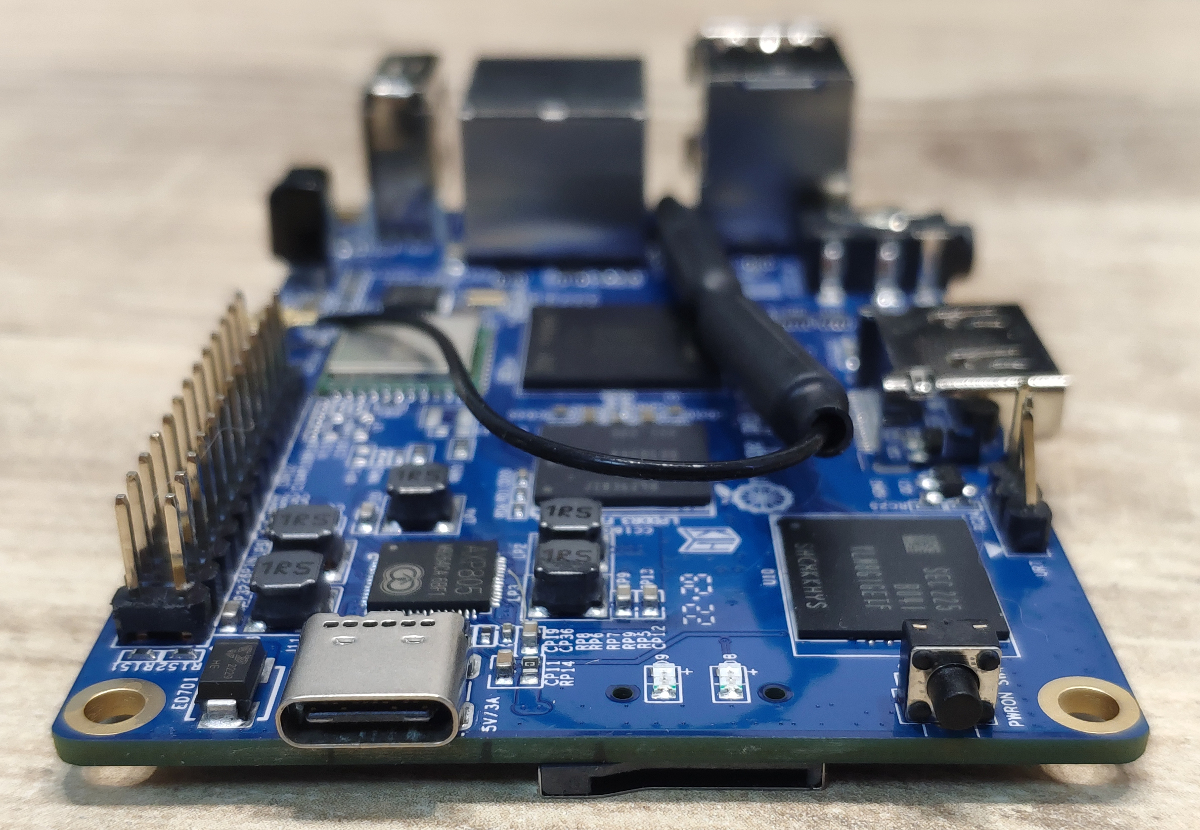
Power supply connected to a USB-C port. It is also rich in different ports: 2xUSB2.0 ports, one USB3.0 port, an HDMI 2.0a port, a 3.5mm audio port, an SD card slot, and a 26pin connector with multiple GPIO ports and I2C/SPI/UART peripherals.
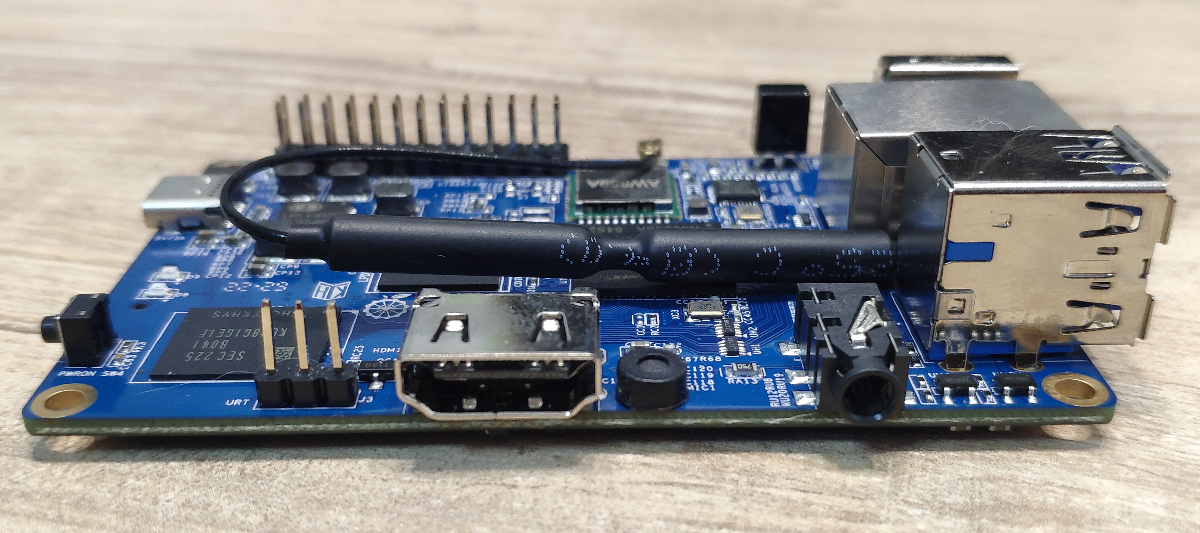

After connecting it to a power bank and to my monitor via HDMI cable it started booting. Android 9.0 is preinstalled and it boots quite fast thanks to the eMMC storage which has much greater read/write speeds compared to an SD card. I was able to connect it to my Wifi without any issues, but it's a bare Android, without the Google Play store and Google services, any browser, or YouTube app.
Android performance
Android UI is pretty responsive. A built-in video player plays 4K video without any lags or issues. A four-core ARM Cortex-A53 based on 64-bit SOC Allwinner H6 provides decent performance. I tried the CPU with a finger when the system was idle and it was just slightly warm.

However, when running some heavy tasks, like playing 4K video, it becomes quite hot and requires some radiator at least so it will not throttle when heavily loaded.
Linux performance
The computer automatically tries to boot from an SD card if it's inserted into the SD slot.
The company behind the Orange Pi made its own builds of Ubuntu and Debian OS tuned to the specific model hardware. CLI and GUI images of Ubuntu/Debian are available to download from the official Orange Pi website.
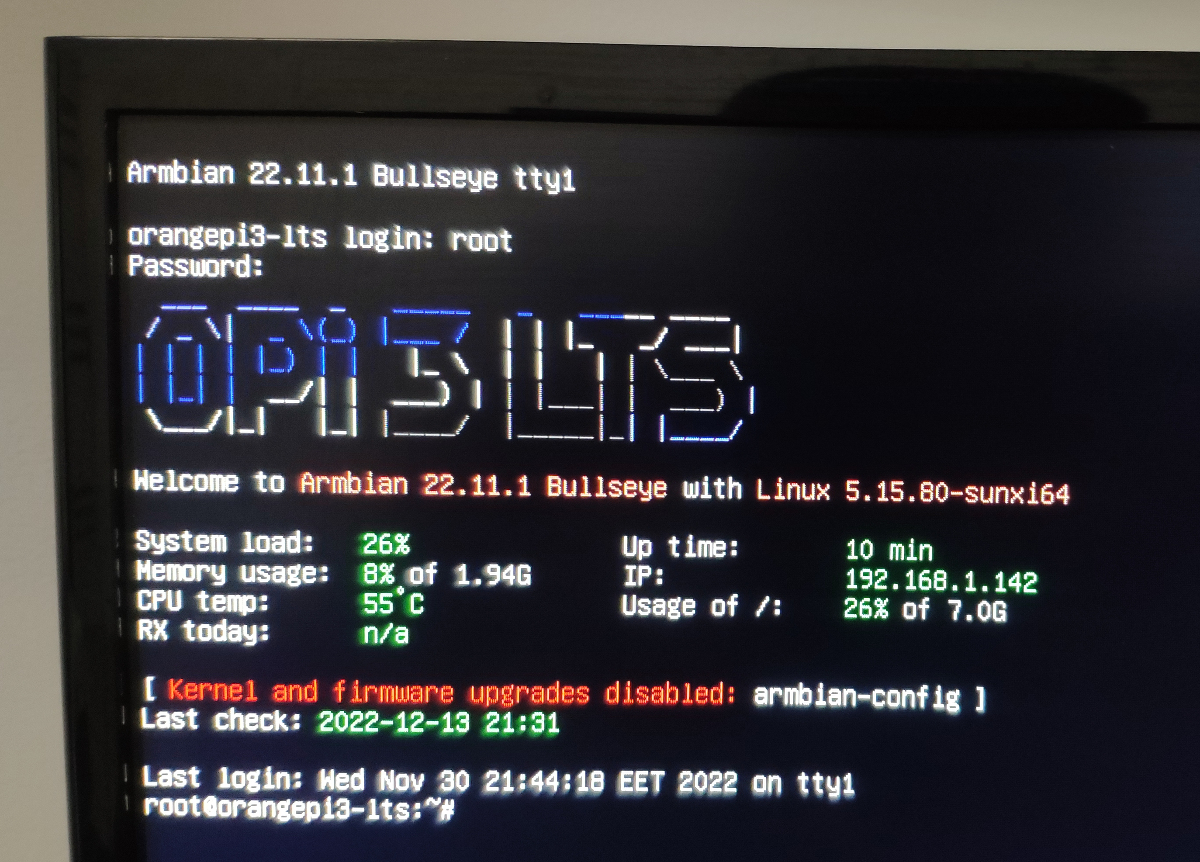
The GUI version uses Xfce4 as a desktop environment. Compared to the Android experience, Linux Xfce4 doesn't feel that smooth. There is a significant lag when I just performing casual tasks like opening the menu, dragging windows, etc. It seems like Linux doesn't fully support the Mali T720 GPU, it can barely play a 4K video with a significant frame drop and freezes. Maybe things will improve over time, but currently, the GUI version of Linux is useless (at least if you want to run something heavier than Terminal).
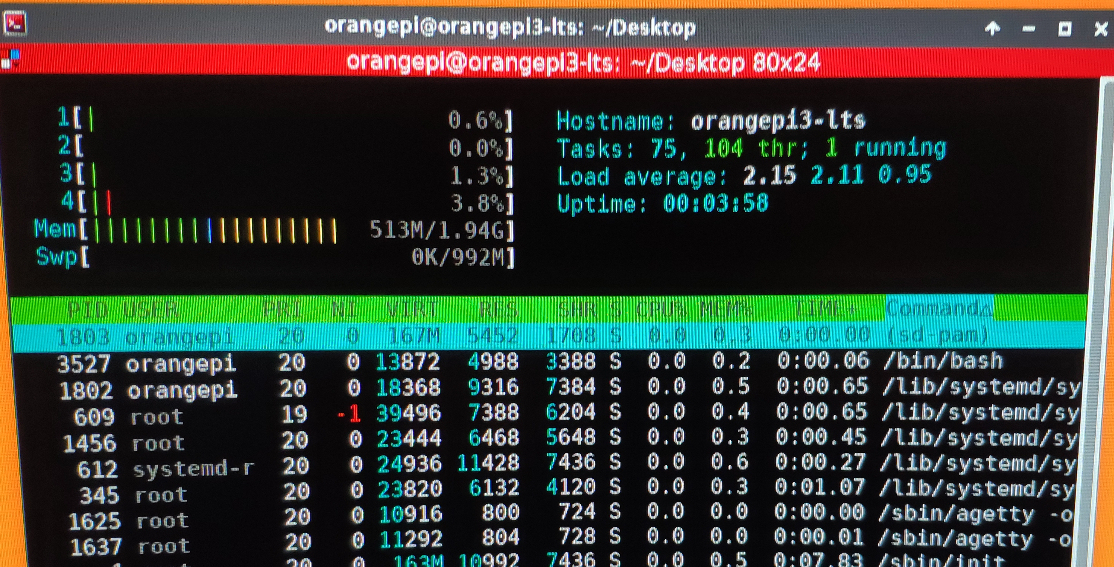
Firefox also works without any acceleration, so the overall experience with scrolling pages and navigation is very poor. At the current state, I would not recommend buying this SBC for use as a desktop computer with GUI.
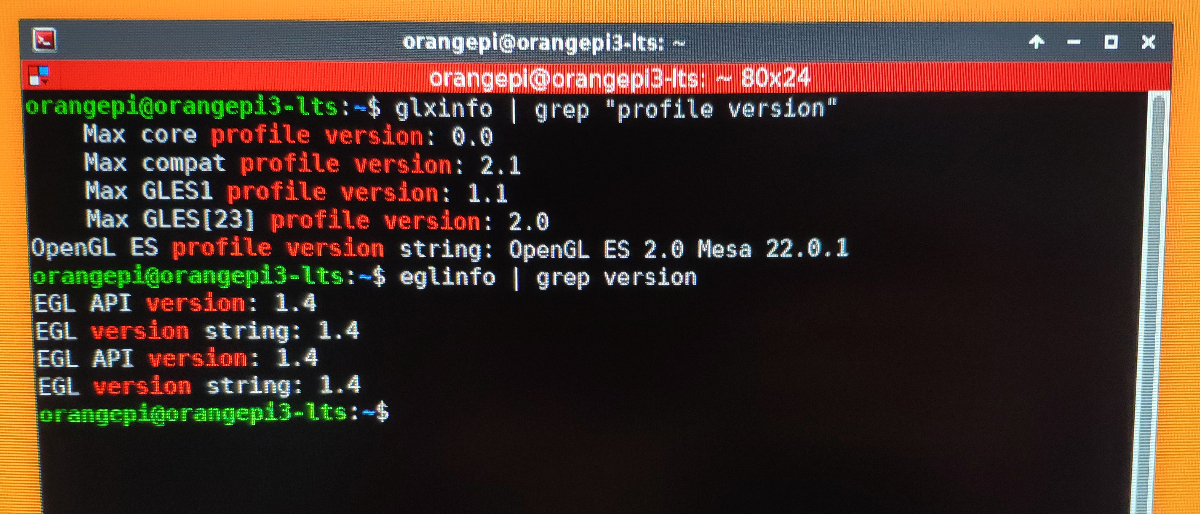
I've also tried to install Armbian which has an image for the Orange Pi 3 LTS. Currently, the Ubuntu build has broken wi-fi, you just can't connect it to any wifi network. I hope it will be fixed in future updates. But the latest Debian build works just fine.
Power consumption
When idle, the Orange Pi 3 LTS consumes approximately 400mAh which is approximately 2.5W. It means it will use 1.8kWt per month or 21.6kWt per year if my calculations are correct.
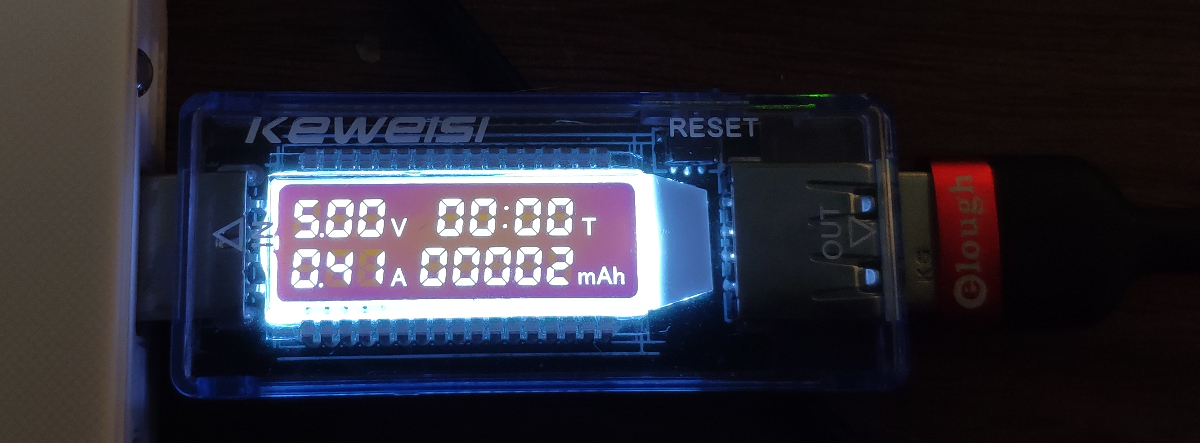
A 10,000mAh power bank will last up to 20 hours with the Orange Pi connected. Under heavy load, power consumption may rise to 700-850mAh. I still research how to make the power consumption lower.
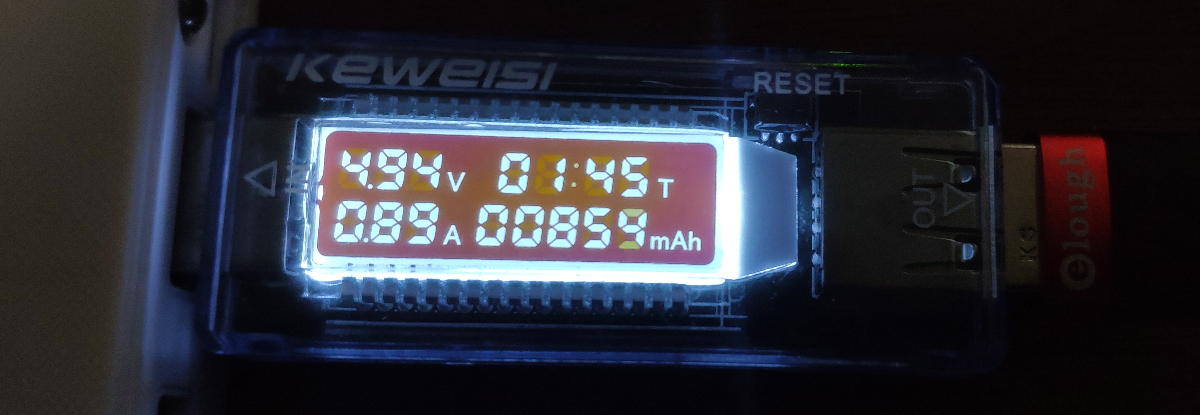
Heating
The Orange Pi 3 LTS can work without any radiator on the CPU. When idle, it heats just around 48°C, so you can easily use it without a radiator or cooler if you're not going to run any heavy tasks on it.

Under heavy load, the temperature is rising up to 83°C (without a radiator).

But I would still recommend adding at least a small radiator, just like in the photo below.
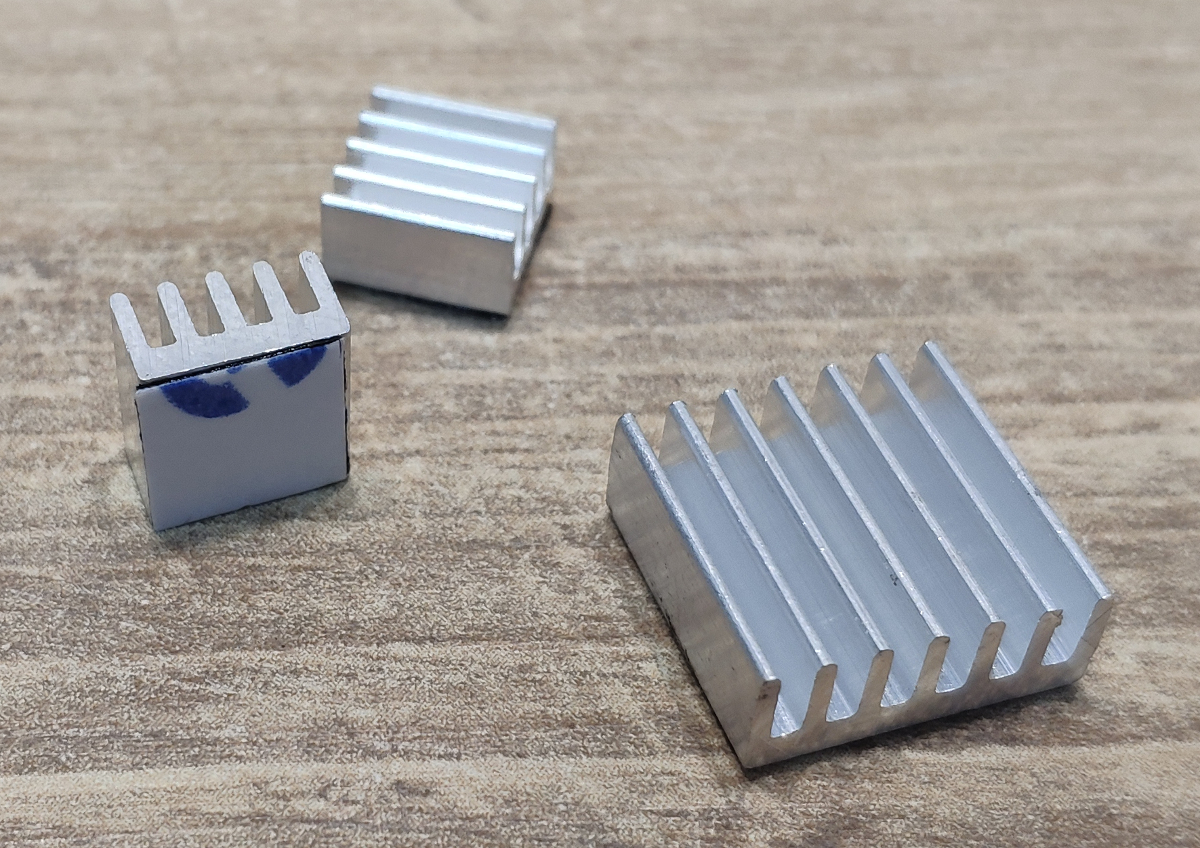
This tiny radiator helps to decrease the temperature by a few degrees, just enough to stop the CPU throttling when performing heavy tasks.
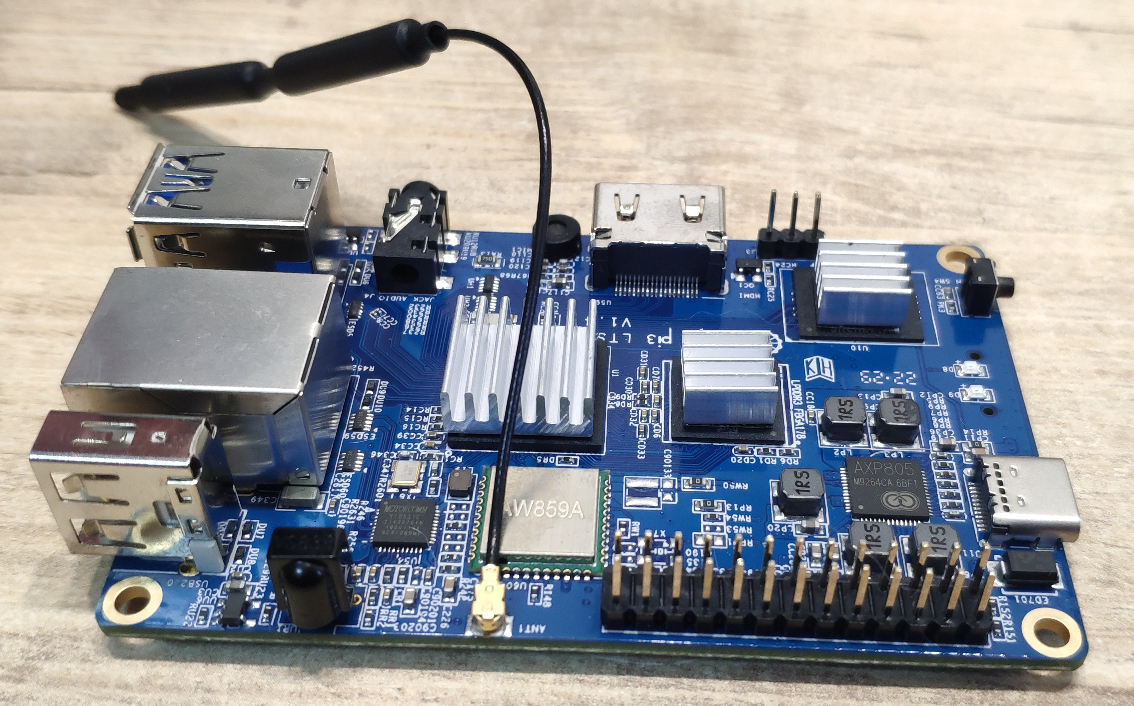
Conclusion
The Orange Pi 3 LTS looks like a great alternative to the more expensive Raspberry Pi boards. The build quality is decent, but the software support is not as good compared to the Raspberry Pi. It's a great microcomputer to use as a headless server or as an Android TV box. But the Linux experience with using GUI, browsing, and watching videos is poor, mostly because of a lack of GPU support.